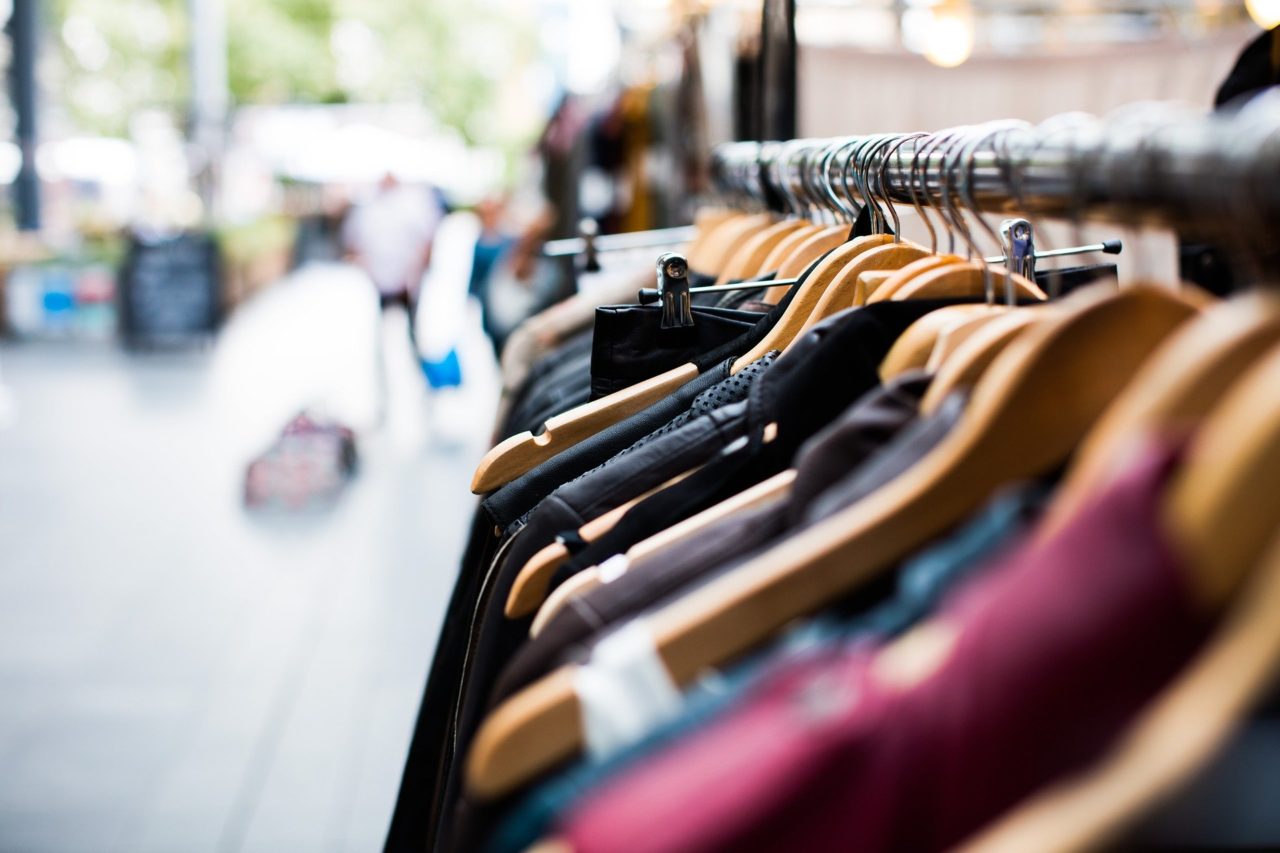Imagine if fashion houses knew that teal blue was going to replace orange as the new black. Or if retailers knew that tie dye was going to be the wave to ride when swimsuit season rolls in this summer.
So far, there hasn’t been an efficient way of getting ahead of consumer and market trends like these. But Italy-based startup Evo is helping retailers and fashion houses get a jump on changing tastes and a whole lot more.
The company’s deep-learning pricing and supply chain systems, powered by NVIDIA GPUs, let organizations quickly respond to changes — whether in markets, weather, inventory, customers, or competitor moves — by recommending optimal pricing, inventory and promotions in stores.
Evo is also a member of the NVIDIA Inception program, a virtual accelerator that offers startups in AI and data science go-to-market support, expertise and technology assistance.
The AI Show Stopper
Evo was born from a Ph.D. thesis by its founder, Fabrizio Fantini, while he was at Harvard.
Now the company’s CEO, Fantini discovered new algorithms that could outperform even the most complex and expensive commercial pricing systems in use at the time.
“Our research was shocking, as we measured an immediate 30 percent reduction in the average forecast error rate, and then continuous improvement thereafter,” Fantini said. “We realized that the ability to ingest more data, and to self-learn, was going to be of strategic importance to any player with any intention of remaining commercially viable.”
The software, developed in the I3P incubator at the Polytechnic University of Turin, examines patterns in fashion choices and draws data that anticipates market demand.
Last year, Evo’s systems managed goods worth over 10 billion euros from more than 2,000 retail stores. Its algorithms changed over 1 million prices and physically moved over 15 million items, while generating more than 100 million euros in additional profit for customers, according to the company.
Nearly three dozen companies, including grocers and other retailers, as well as fashion houses, have already benefited from these predictions.
“Our pilot clients showed a 10 percent improvement in margin within the first 12 months,” Fantini said. “And longer term, they achieved up to 5.5 points of EBITDA margin expansion, which was unprecedented.”
GPUs in Vogue
Evo uses NVIDIA GPUs to run neural network models that transform data into predictive signals of market trends. This allows clients to make systematic and profitable decisions.
Using a combination of advanced machine learning methods and statistics, the system transforms products into “functional attributes,” such as type of sleeve or neckline, and into “style attributes,” such as the color or silhouette.
It works off a database that maps the social media, internet patterns and purchase behaviors of over 1.3 billion consumers, which is a fully representative sample of the entire world population.
Then the system uses multiple algorithms and approaches, including meta-modeling, to process market data that is tagged automatically based on the clients, prices, products and characteristics of a company’s main competitors.
This makes the data directly comparable across different companies and geographies, which is one of the key ingredients required for success.
“It’s a bit like Google Translate,” said Fantini. “Learning from its corpus of translations to make each new request smarter, we use our growing body of data to help each new prediction become more accurate, but we work directly on transaction data rather than images, text or voice as others do.”
These insights help retailers understand how to manage their supply chains and how to plan pricing and production even when facing rapid changes in demand.
In the future, Evo plans to use AI to help design fashion collections and forecast trends at increasingly earlier stages.
Resources:
- Explore NVIDIA’s offerings for the retail industry
- Check out Evo’s systems
- Learn more about NVIDIA Inception
Image by Pexels.
